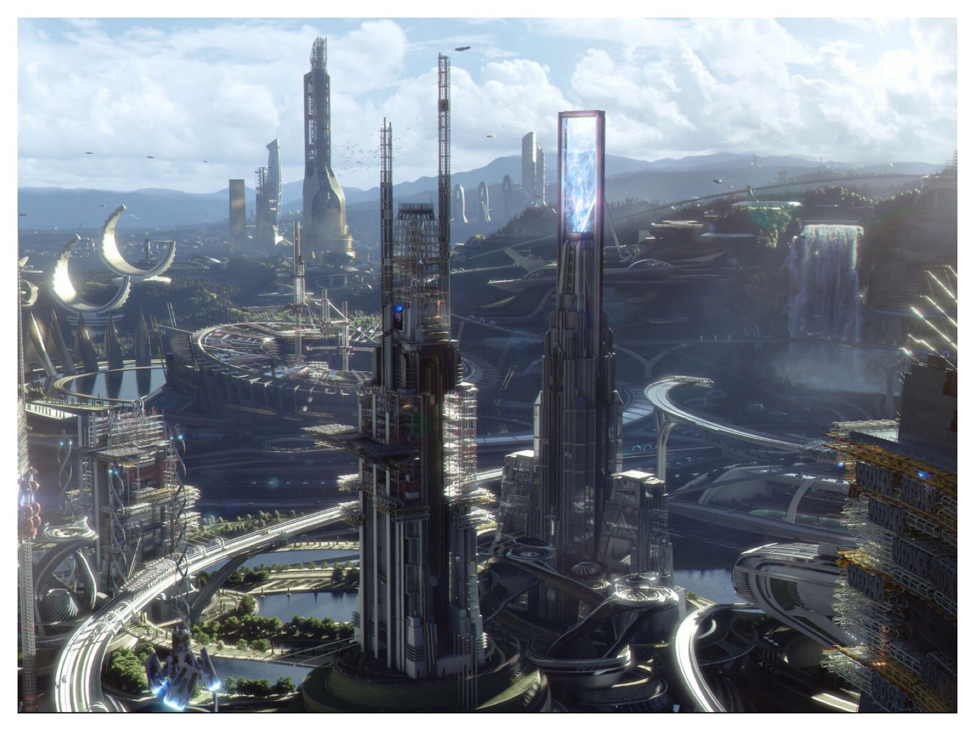(Distance x Cost) / Pounds = Delivery Cost Per Pound
All corporations follow a variation of this equation when trying to decide the most effective way to design their logistics footprint. This is why Fedex or UPS charge more to deliver a package to a rural zip code in Montana than to an urban zip code like downtown Boston. In Montana delivery drivers must drive significantly more miles between deliveries, and that means higher equipment wear and tear and more fuel. Plus, they have fewer packages (pounds) to spread those costs over.
In the logistics world, we’ve seen great advances in software and machine technology that will incrementally decrease the cost portion of the equation. For instance, UPS routes their trucks to make more right-hand turns and avoid left-hand turns. Better route planning via software applications is a constant. Using automated vehicles will be just another in a long series of incremental cost improvements. It’s not going to be an earth-shattering breakthrough.
That’s because the driver cost element of the equation is the least important part. The cost of a driver is dwarfed by the capital cost of the trucking fleet, distribution centers, and fuel costs. I know, I’ve played with the equations endlessly when doing site analysis for Gateway Computers, Cabela’s, and Batesville Casket Company. This mirrors the whole automation trend in manufacturing where capital costs also dwarf labor costs. Further, the corresponding capital cost could even be higher in the short term.
Anybody who’s planning the “communities of the future” is going to run into the same buzz saw. Meaning that at the end of the day, they still need to move X number of pounds for X number of miles. If the cost doesn’t change much, neither will the way things look. Whether you’re using electric, gas, or self-driving vehicles is almost irrelevant from a financial modeling perspective. Anyone who tells you otherwise, is either trying to sell you something or looking for investors.
You want to know what would change the world? I mean radically change it? If mankind could find a way to make a pound weigh less than a pound. It’s never going to happen, but it is the one part of the master logistics equation that could drastically change the way our society is structured.



 RSS Feed
RSS Feed